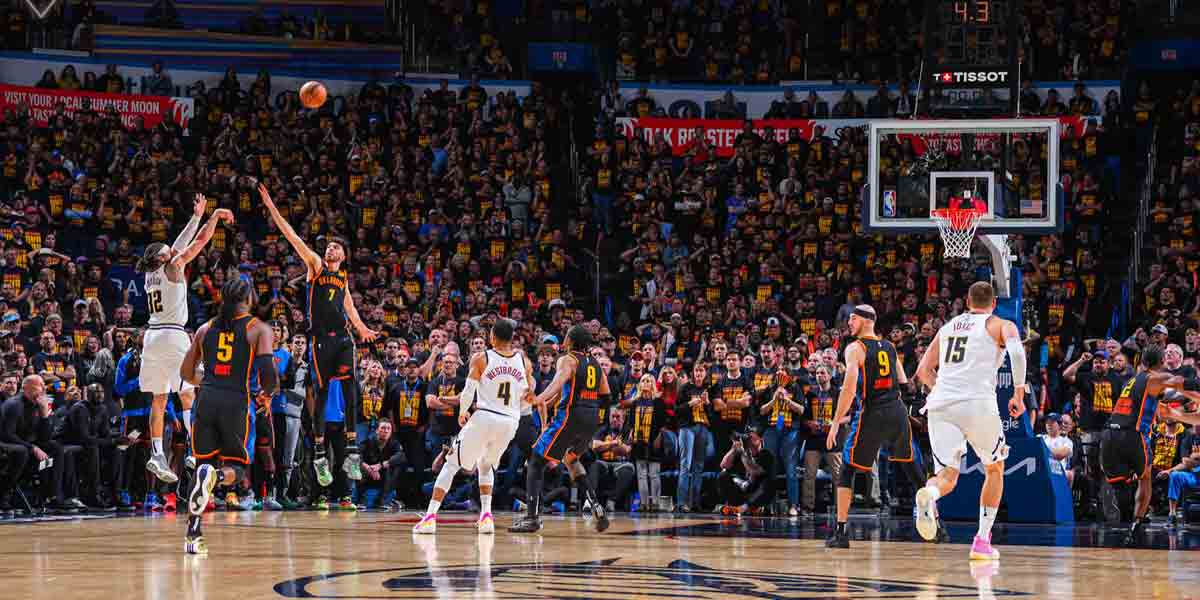By Ricardo E. Escanlar III
Like most Filipinos, I enjoy watching basketball. My favourite NBA team, the Milwaukee Bucks, became NBA champions a month ago. Apart from the fact that they won the championship, what I liked was the strategy they implemented as to how to win it.
One of the reasons why the NBA has become a more high-scoring league recently is that teams started to learn how to optimize their offenses. And one of the key elements in this optimization was the increased utilization of the three-point shot. Not only were three-point shots more valuable than midrange two-point shots, the extra point proved to be more valuable than the minimal increase in probability that the midrange two would go in. Furthermore, putting players behind the three-point line allowed a freer lane to the basket, which increased the probability of getting high-percentage shots at the rim.
Now, implementing this approach, much of the Bucks’ plan was to build the team around the strengths of its superstar, Giannis Antetokounmpo. Giannis, while not exactly the epitome of the modern NBA player in that he was a below-average three-point shooter, had the power and speed to get to the rim at will and get dunks and other easy two-pointers. In order to maximize his strengths, the Bucks then surrounded him with four outside shooters, which would spread the floor and allow Giannis an easier path to the rim. Prior to the start of the season, they traded away Eric Bledsoe, a point guard with questionable outside shooting skills, and other assets for Jrue Holiday, who can shooting threes at a more efficient percentage. In the middle of the season, they also acquired P.J. Tucker, who was also capable of defending multiple positions apart from being decent at shooting the corner three. These two, in addition to Khris Middleton and Brook Lopez, also two excellent outside shooters, and Giannis were the Bucks’ starting lineup for the majority of their playoff run.
Okay, so why am I, a law school professor, talking about basketball, apart from the fact that I like watching it? Well, teaching in law school is kind of like coaching a basketball team. Obviously, part of coaching is teaching. You teach players the basics- shooting, dribbling, passing, defending, rebounding, much like professors teach the law, logic and writing skills.
However, just like NBA offenses, it’s not enough to teach the basics; you have to teach how to optimize performance, especially during written exams. You not only teach players how to shoot, so to speak, but also where to shoot.
The “where to shoot” aspect of law school exams could be found in answer structure. Much like how most modern NBA offenses emphasize corner threes and shots near the rim, which have the highest probability of success, – or “basketball CRAC”- (Corners- Rim Attempts- Corners), we emphasize “law CRAC”- (Conclusion, Rule, Analysis, Conclusion), because that approach in answering has shown to be the best way to structure an argument completely, while still being time-efficient. Structuring the argument properly will help students become lawyers, just like recognizing the proper offensive structure of the court helped the Bucks win the championship. And learning argument structure is ultimately something that lawyers, not just law students, should be able to do.
Most students take time to figure out this concept, but they eventually buy in, and you can see the improvement in their performances. Still, some put out the exam equivalent of a contested 16-foot turnaround fadeaway jumper. Which is sub-optimal, to say the least. Of course, if you’re DIrk Nowitzki, you can still have a capable NBA offense shooting contested 16-foot turnaround fadeaway jumpers. And Dirk Nowitzki managed to win an NBA championship. That being said, if you’re not the academic equivalent of Dirk Nowitzki, you’re better off buying in to the structure.




















